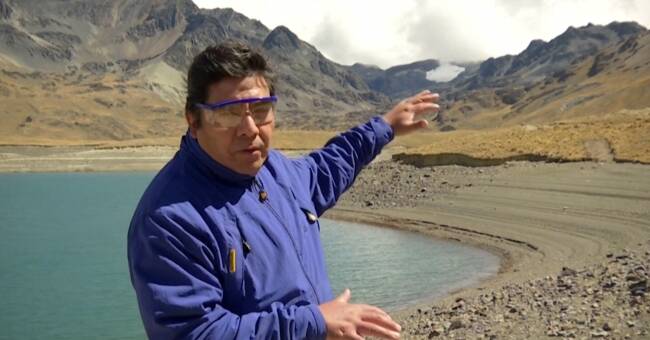Researcher Edson Ramirez says that the glacier has melted between 25-30 meters per year since the 1970s, but now it is melting at an ever faster rate.
Nowadays, the glacier is only one square kilometer large.
Previously, researchers thought that Tuni would not completely melt away until after 2025, but it seems to be earlier than that.
The melting glaciers in the Andes coincide with more people moving from the countryside to cities, creating water shortages.
- There is a problem with population growth and growth in metropolitan areas.
There is an increased demand but fewer water sources, says Edson Ramirez, glaciologist at Mayor De San Andres University.
The population at the foot of the Andes is not entirely dependent on water from glaciers in the area, but researchers say it accounts for at least 20% of La Paz's water supply.

